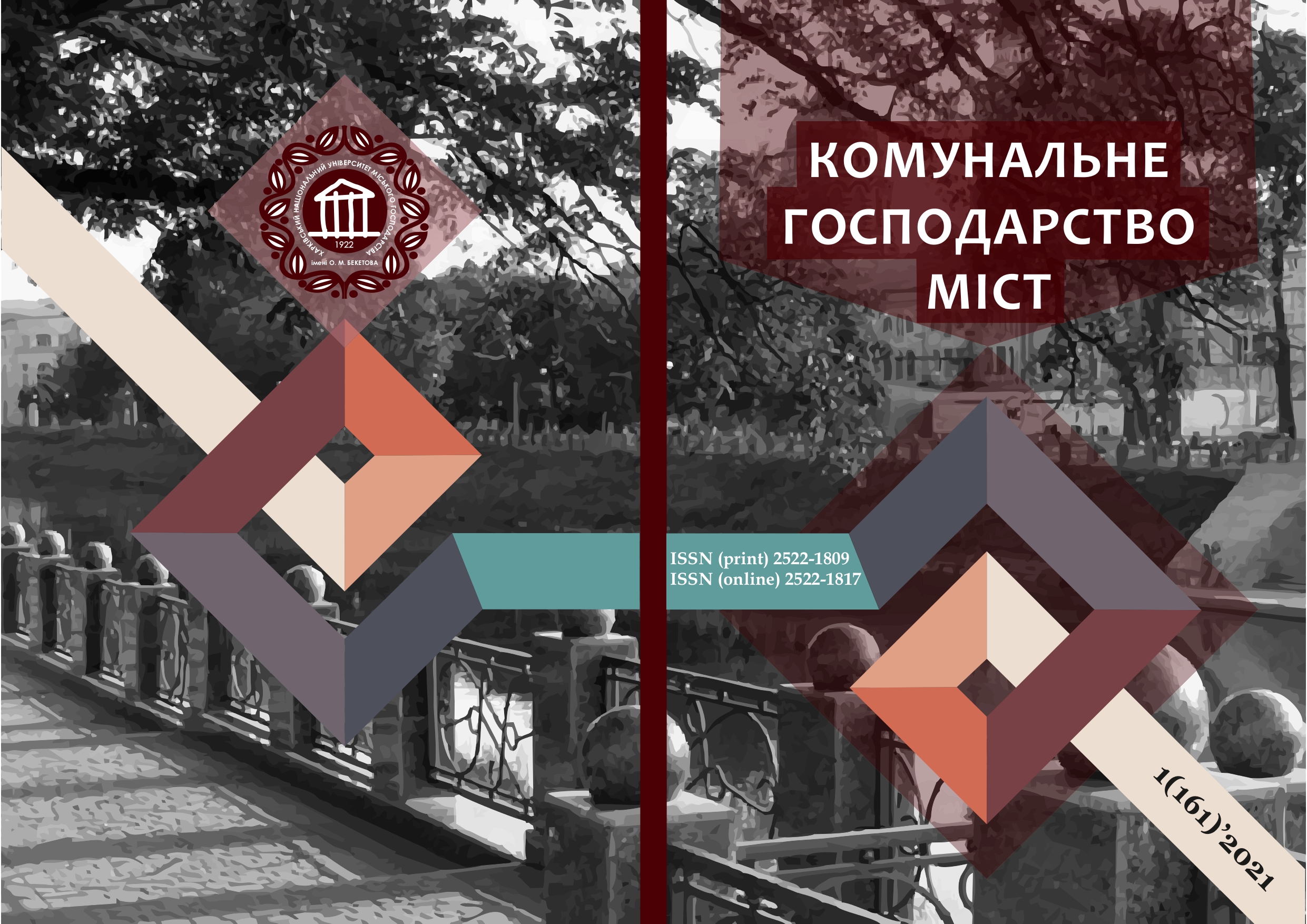EVALUATION OF LOAD-BEARING CAPACITY OF THE STEEL CONSTRUCTION JOINTS ON THE BASIS OF COMPONENT METHOD
Array
Keywords:
steel constructions, component method, load capacity.Abstract
Connections are essential in every kind of steel constructions. Structure is a constructed assembly of joints separated by members which implies the importance of connections. Three basic parameters describe the behavior of connections: strength, stiffness and ductility, and the mechanical behavior of steel joint in those terms are complex phenomena. It must be said that absence in current Ukrainian design codes rules for the load capacity calculation of steel constructions connections led to some difficulties in project decisions. On the basis of component method, which lay in the EC3 design codes load capacity estimation of beam to column connection was made. According to component method beam to column connection divided into basic components. EN 1993 -1-8 provides a good overview of different components. Most important components for bolted steel joints are the plates and bolts which both are considered by the design of a T-stub through the “Equivalent T-stub in tension”. The procedure of load capacity calculation used yield line formulations to determine resistance of the following basic components: column flange in bending, end plate in bending, column flange in bending, column web in tension, column web in compression, beam flange in compression. Failure by this method is described by yield-line models depending on geometry of plates and bolts. Obtained analytical results were compared with the results obtained by means of specialized software and it shown their adequacy. It must be noted that presented in EC3 calculation algorithm of beam to column connection is time consumable for domestic designer also designer must have knowledge about features of connection design in countries of EC. The choice of design procedure depends on the time effort and thereby to the designer preferences.
References
2. N.S. Trahair, M.A. Bradford, D.A. Nethercot, L. Gardner (2008). The behavior and design steel structures to EC 3. Taylor &Francis London and New York, 513 p.
3. Joints in steel construction (2013). Moment - resisting joints to Eurocode 3. The Steel Construction Institute and The British Constructional Steelwork Association), 172 p.
4. C. Bernuzzi, B. Cordova (2016). Structural steel design to Eurocode 3 and AISC Specifications. John Wiley & Sons.
5. A. Kozlovski, R. Kowalczyk, M. Gizejowski (2008). Estimation of the initial stiffness and moment resistance on steel and composite joints. CTUBH 8-th World congress p.1–7.
6. Graham W Owens & Brian D Cheal (1989). Structural Steelwork Connections. Butterworth-Heinemann, 336 p.
7. Joints in Steel Construction. Moment connections. The Steel Construction Institute, 239 p.
8. J.P. Jaspart, K. Weynand (2018). Design of joints in steel and composite structures. Ernst&Sohn.
9. Ana M.Girao Coelho, Luis Simoes da Silva, Frans S.K. Bijlaard (2006). Finite – element modeling of the nonlinear behavior of bolted T-stub connections. DOI: 10.1061/(ASCE)0733-9445(2006)132:6(918).
10. Eurocode 3 (2005). EN1993-1-8. Design of steel structures – Part 1–8: Design of joints. CEN, Brussels.
11. M. Steenhuis, J.Jaspart, F. Gomes, T.Leino (1998). Application of the component method to steel joints. Enginering.
12. Jaspart J.P., Anderson A. & Steenhuis M. (1998). Derivation of the joint properties by means of the component method. Proceedings of the Liège COST C1 conference of semi-rigid behaviour of civil engineering structural connections Brussels, September.
13. Moore D.B., Wald F. (2003). Design of structural connections to Eurocode 3 frequently asked questions. Building Research Establishment Ltd, Watford.
14. Lubomír Šabatka1, František Wald2, Jaromír Kabeláč 3, Drahoslav Kolaja1 and Martin Pospíšil1. Structural Analysis and Design of Steel Connections Using Component-Based Finite Element Model. DOI: 10.17265/1934-7359/2015.08.002.
Downloads
Published
How to Cite
Issue
Section
License
The authors who publish in this collection agree with the following terms:
• The authors reserve the right to authorship of their work and give the magazine the right to first publish this work under the terms of license CC BY-NC-ND 4.0 (with the Designation of Authorship - Non-Commercial - Without Derivatives 4.0 International), which allows others to freely distribute the published work with a mandatory reference to the authors of the original work and the first publication of the work in this magazine.
• Authors have the right to make independent extra-exclusive work agreements in the form in which they were published by this magazine (for example, posting work in an electronic repository of an institution or publishing as part of a monograph), provided that the link to the first publication of the work in this journal is maintained. .
• Journal policy allows and encourages the publication of manuscripts on the Internet (for example, in institutions' repositories or on personal websites), both before the publication of this manuscript and during its editorial work, as it contributes to the emergence of productive scientific discussion and positively affects the efficiency and dynamics of the citation of the published work (see The Effect of Open Access).

